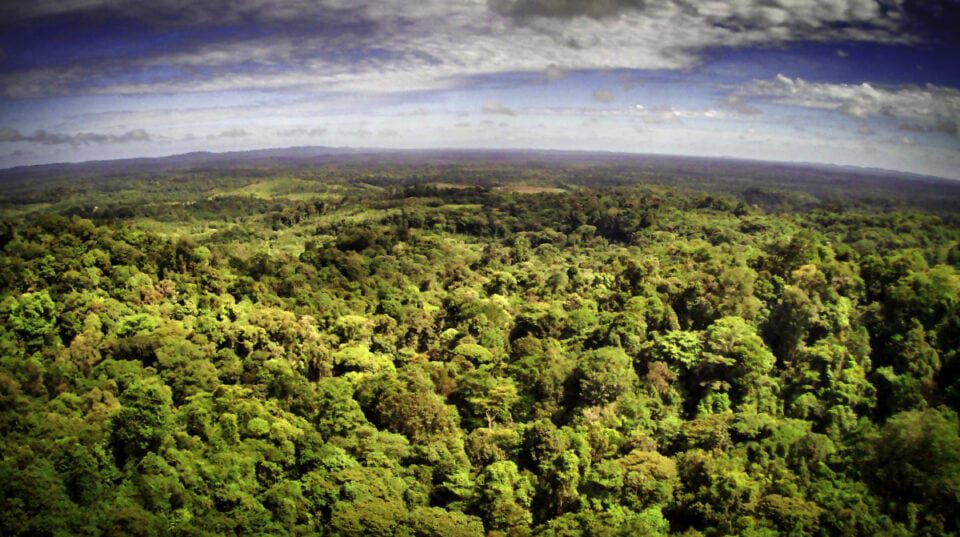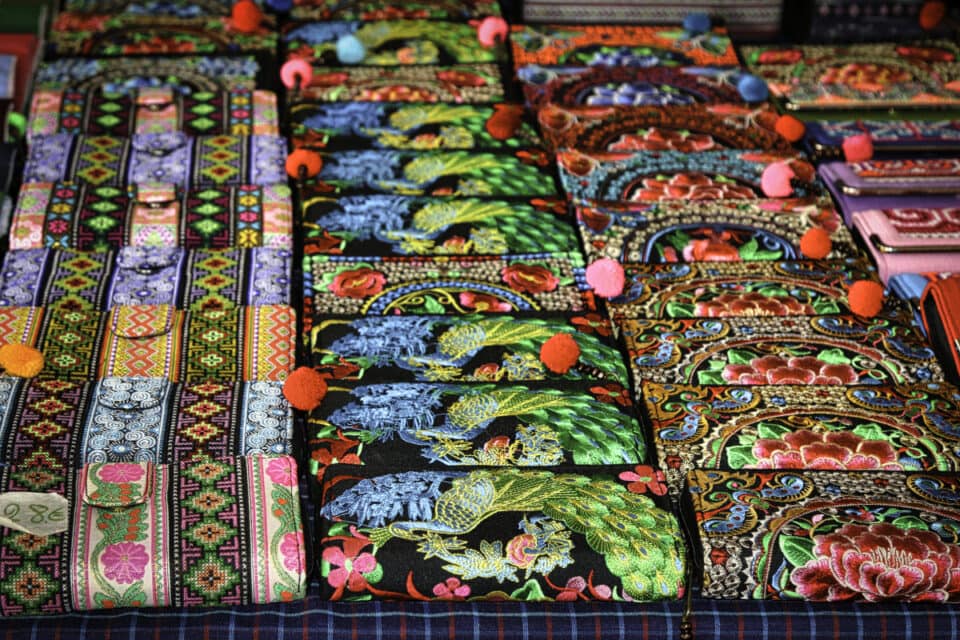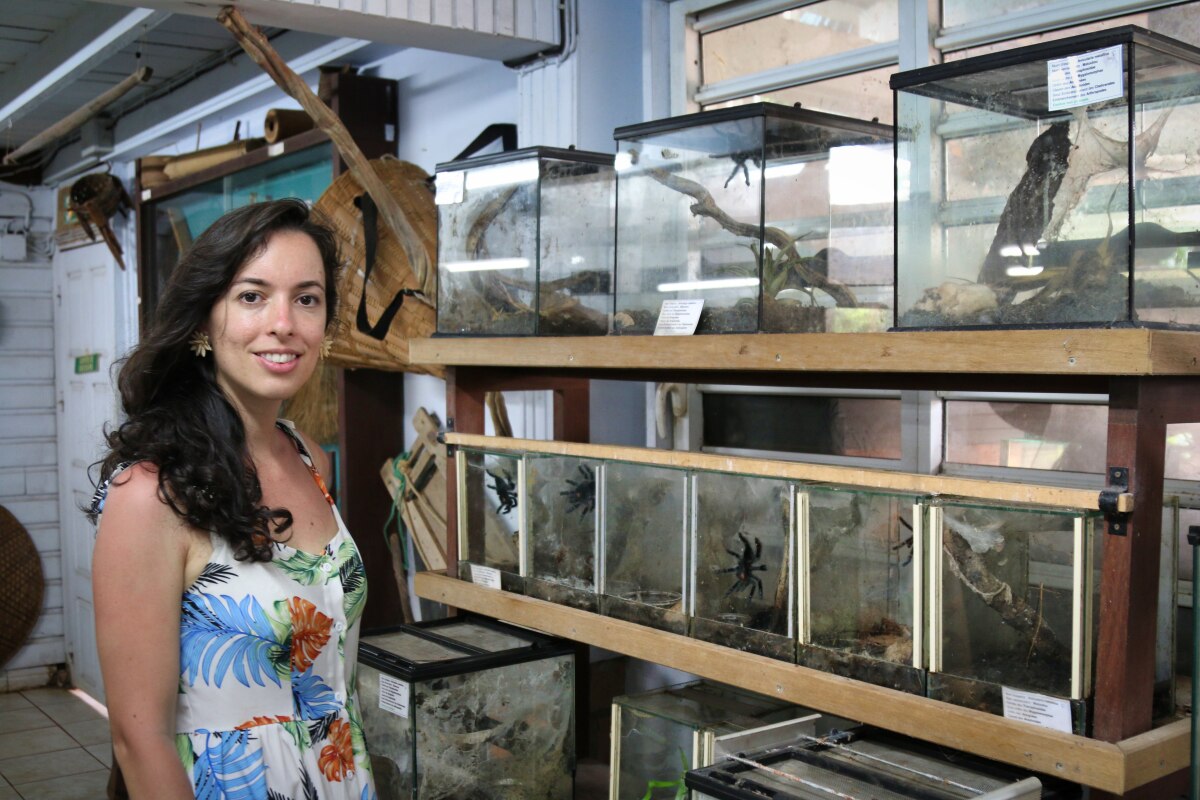In the heart of French Guiana, there is a small village that is surrounded by plantations. It’s Cacao village, home to the Hmong community. Nestled in the hills, you can reach Cacao in two hours if you’re coming from Kourou or an hour from Cayenne. On Sunday you can get lost in a festival of colors and scents which is the local market, enjoy the traditional soup or taste the delicious Nam Van. And don’t forget to book your visit to the Insect museum, a showcase for some of the many species that live in the region.
Some History about Cacao
In the 70s due to the Asian wars (Vietnam and Indochina), the movement of refugees coming from those Asian regions grew exponentially. The French government welcomed about 10.000 refugees. In French Guiana, Cacao was the first area where Hmong settled. The government gave the lands to the community hoping they would develop agriculture, in a region that offers many challenges to cultivation.
Today Cacao is a village of fewer than 5.000 inhabitants that has a thriving economy based on farming.
Explore Cacao village: 5 activities you should do
1. Enjoy the view at Belvedere
On your way to the village have a stop and enjoy the view from the panoramic point. The canopy is immense! You can also have lunch at the restaurant Bellevue which is next to the parking. The cost of the menu is 32€.
If you’re a drone pilot you can also have some fun flying over the amazonian forest. It’s perfect for beginners as there are not many trees around or habitations, the take off and landing are way easier than in other points.

2. Visit the Insects Museum, Le planeur bleu
Mister Philippe awaits you with a warm welcome and its incredible collection. Covering Cacao’s history, the museum features objects of Hmong culture and also from French Guiana’s history. But the star of the Museum: Insects of course!
The association has an impressive collection of butterflies, moths, beetles, and arachnids. Both dead and alive. Philippe is an exceptional guide and he will introduce you to some of the alive inhabitants of his collection. The visit ends in a butterfly house that hosts many morphos and other diurnal butterflies.
You can visit the museum on Sunday from 9 AM to 1 PM or from 2 PM to 4 PM. Don’t forget to reserve your visit the moment you arrive at Cacao village as there is a high demand and a few places. On the other days you can visit upon reservation (+594 694 42 24 62). The ticket costs 5€ for adults and it’s free under 12 years.


3. Enjoy shopping at the local market, taste the soup and drink Nam Van
The local market which takes place every Sunday from 7 AM to 3 PM, is divided into two parts. The artisan market is a joy for the eyes. From the colored costumes and textiles crafts to the wooden jewelry, each piece is very beautiful. It’s situated nearby the museum of insects and it has an annexed carbet where you can eat the traditional soup.
On the opposite part of the city stands the fruit market. You can buy the local fruits and sometimes you can even find some rare fruits like Mangustans etc… If you’re not up for the soup (during the dry season that’s easily understandable), you can opt for the Asian street food which is sold under the big wooden carbet. Try the chicken or beef beignets, or the freshly made nems and samosas.
What you absolutely shouldn’t miss? The Nam Van (here the video of the preparation process). It’s a very dense drink made of tapioca pearls and coconut milk. It’s delicious and very filling!


4. Take part in the Rambutan Harvesting
Every year in April, Cacao farmers open their camps to whoever is willing to harvest Rambutans. This small red fruit which is very similar to litchis is very juicy and has a delicate taste. To enter there’s a small fee based on the number of bags you’re bringing in, and once inside you can stay all the time that you want. Just don’t forget your sunscreen, the trees cover much less than expected from the sun! And don’t forget to empty your fridge to stock your precious fruits.
5. Attend the Hmong New Year Celebrations
This major celebration is held at the end of the twelfth lunar calendar month. That usually occurs in November and It’s a time for traditional dances and workshops and in general, a time to relax and celebrate. The Hmong wears their folklore costumes and beautiful headpieces and dance till the end of the night. It’s the best occasion to buy traditional pieces and taste the local food.
Note: The village is very small and it gets difficult to find parking spots very fast. If you’re willing to attend the New Year Celebrations or the Rambutan Festival you should consider getting there early in the morning around 9 – 10 AM.


Are you interested in combining the visit to Cacao village with other excursions? Continue your reading in the French Guiana section.

